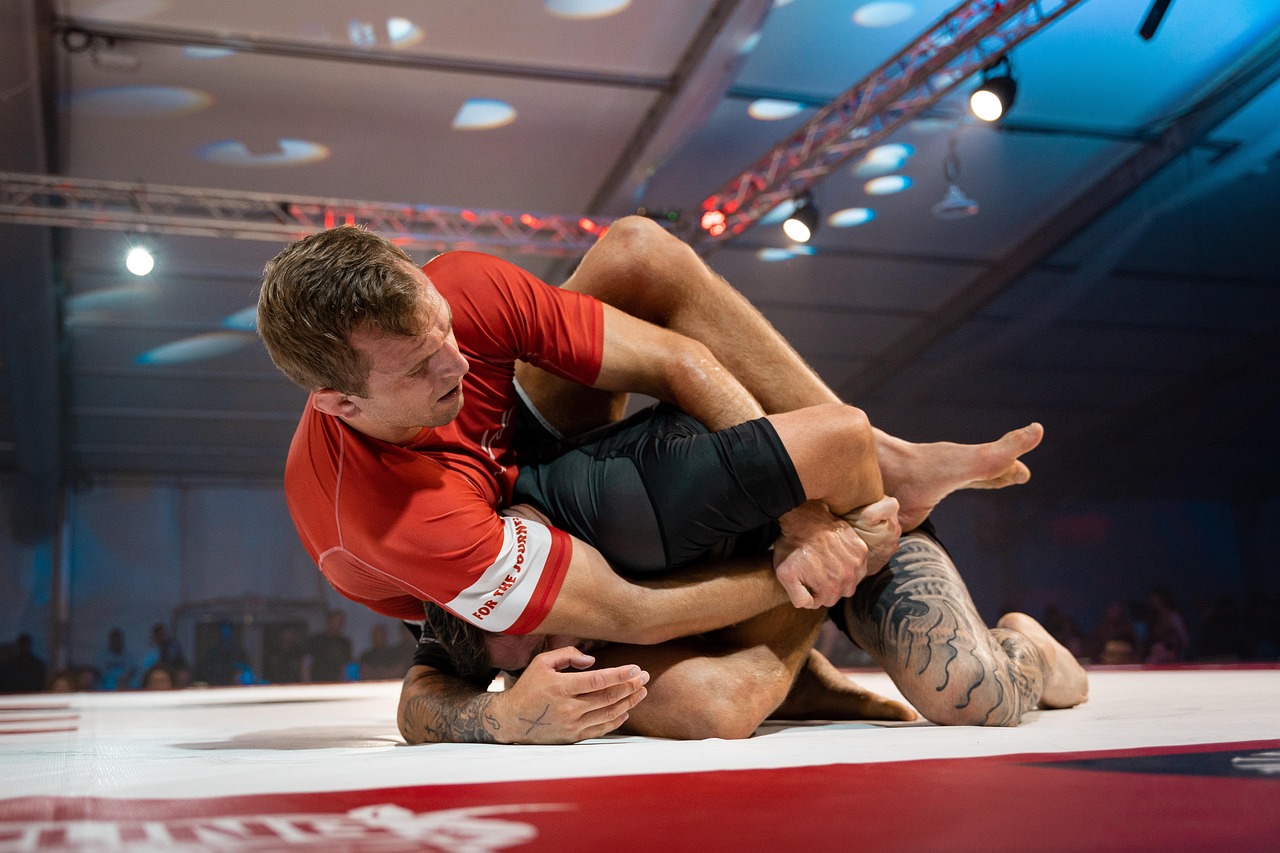Breaking Barriers: The Rise and Influence of Mixed Martial Arts
In the world of sports, few disciplines have witnessed such a rapid ascent and global acceptance as Mixed Martial Arts (MMA). A combative sport that combines techniques from a wide range of martial art forms, MMA is now an established fixture in the sporting world. This article will delve into the development of MMA, its current trends, and the profound impact it has on athletes and the sports industry.

The Emergence of Mixed Martial Arts
The foundations of MMA can be traced back to the ancient Olympic Games in Greece, where a combat sport named Pankration was popular. This sport placed few restrictions on combat techniques, allowing fighters to incorporate methods from boxing and wrestling. However, the modern form of MMA began to take shape in the late 20th century.
The Ultimate Fighting Championship (UFC), created in the US in 1993, played a significant role in popularizing the sport. It introduced a new form of combat that didn’t restrict fighters to a specific martial art. Instead, competitors were encouraged to blend styles, leading to the development of a unique and diverse fighting style known as MMA.
The Current Landscape of Mixed Martial Arts
In the modern era, MMA has grown into a global phenomenon. It attracts athletes from various martial arts backgrounds, creating a diverse and thrilling competitive landscape. The sport has also been commercialized significantly, with major promotions such as UFC, Bellator MMA, and ONE Championship hosting events in countries across the globe.
The sport’s popularity is also evident in its fan base. Tens of millions of fans worldwide tune in to watch matches, highlighting MMA’s broad appeal and growing influence in the sports industry.
The Impact and Influence of MMA
MMA’s influence extends beyond its fan base and fighters. It has also had a significant impact on the broader sports industry. MMA’s success has led to the emergence of new training methods and performance strategies, influencing other sports’ training regimes.
MMA training focuses on a balance of strength, endurance, flexibility, and technique, leading to well-rounded athletes. This holistic approach to training is slowly permeating other sports, where coaches and trainers are integrating aspects of MMA training into their athletes’ regimes.
Furthermore, the sport’s global popularity has led to significant financial investments. Broadcast deals, merchandise sales, and sponsorships have brought substantial revenue to the industry, creating economic ripple effects throughout the sports world.
The Challenges and Controversies of Mixed Martial Arts
As with any sport, MMA is not without its controversies and challenges. The sport has faced criticism for its violent nature, leading to a debate over its safety and ethical implications. Despite these issues, MMA organizations have implemented rules and regulations to ensure fighters’ safety.
The sport also faces challenges in maintaining its rapid growth. As MMA continues to expand, it will need to navigate issues such as maintaining competitive integrity, managing its global expansion, and dealing with the financial and logistical complexities that come with being a global sport.
The Future of Mixed Martial Arts
Despite these challenges, the future of MMA looks bright. The sport continues to grow in popularity, attracting new athletes, fans, and investors. With its unique blend of diverse martial art techniques, thrilling competition, and global appeal, MMA is poised to make a lasting impact on the world of sports.
In conclusion, the rise of Mixed Martial Arts is a testament to the dynamic nature of the sports industry. As we move forward, MMA will undoubtedly continue to break barriers, influencing not only the world of combat sports but the broader sports industry as a whole.




